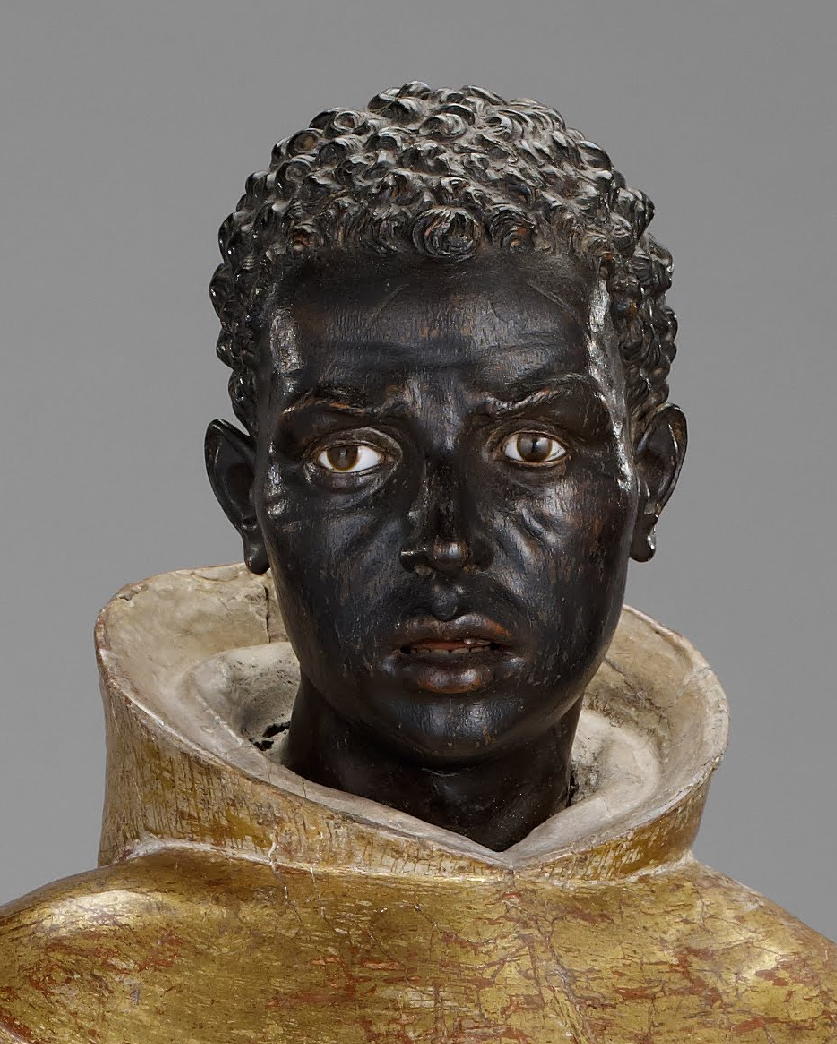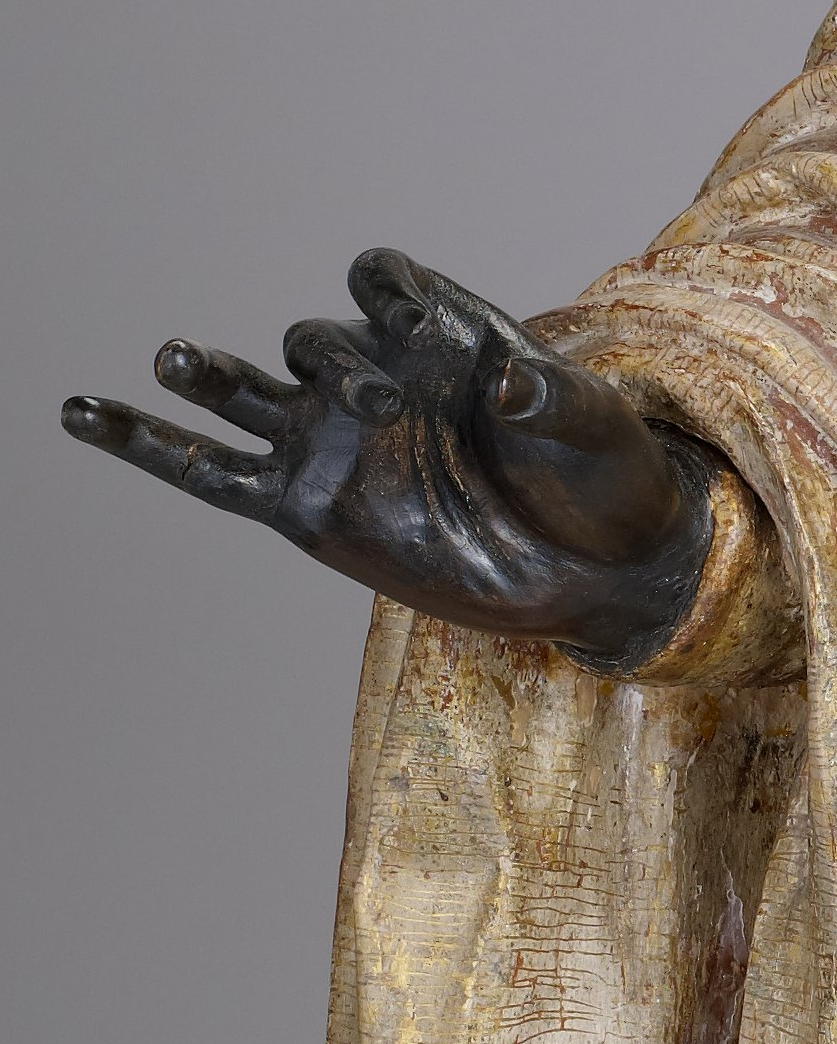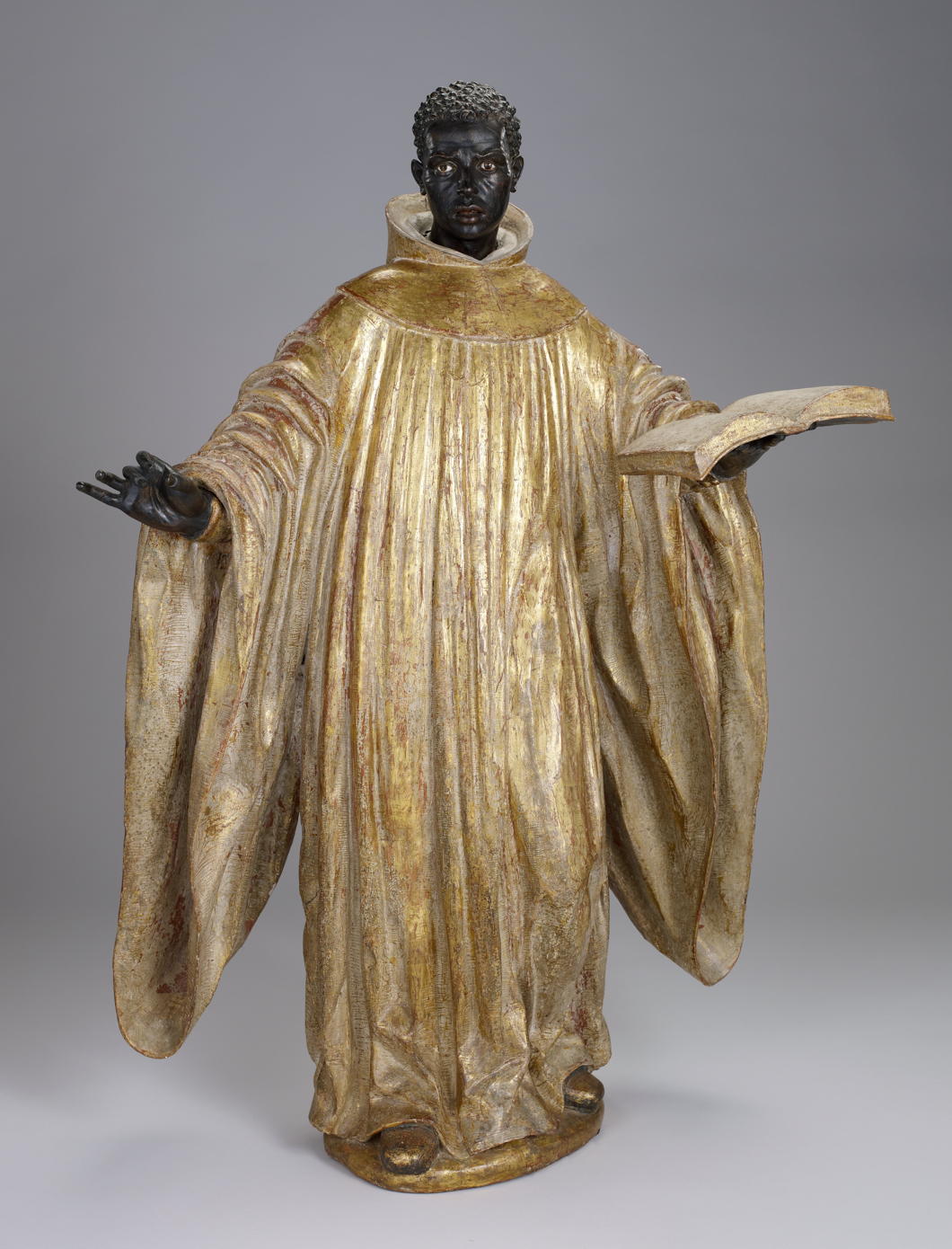
About Andrew Cusack
 Writer, web designer, etc.; born in New York; educated in Argentina, Scotland, and South Africa; now based in London.
Writer, web designer, etc.; born in New York; educated in Argentina, Scotland, and South Africa; now based in London. read more
News
Blogs
Reviews & Periodicals
Arts & Design
World
France
Mitteleuropa
Knickerbockers
Argentina
The Levant
Africa
Cape of Good Hope
Netherlands
Scandinavia
Québec
India
Muscovy
Germany
Academica

The island of Sicily is a cross-section of the numerous kingdoms and empires which have ruled and inhabited it from the Phoenecians down to the present day. During the Norman conquest of the island — those Normans did get around — many Lombards came to help secure the Normans’ rule over the existing Sicilians who were mostly Greek and Arab. The Gallo-Italic dialect of those Lombards is still spoken in a few towns and villages speckled across the island and the settlements they founded are known as the Oppida Lombardorum.
In one such Lombard town, San Fratello, in the 1520s a son was born to an enslaved couple named Cristoforo and Diana whose piety was so highly regarded that their master granted this first-born son, Benedetto (Benedict), his freedom from birth.
From his earliest days Benedict was prone to solitude to the extent that he was mocked by his peers, in addition to being insulted frequently for his black skin. As a teenager he left the family home and became a shepherd but gave whatever he could to help the poor and those even less fortunate than him.
Discerning the call to solitude, Benedict entered the hermitage of Santa Domenica in Caronia but his reputation for holiness was such that the pious people of the island began to visit him and implore him for his prayers and miracles.
Accompanied by another member of the community, Benedict fled to other places around the island, offering great and severe penances in reparation for the sins of humanity, but no matter where he went within days the faithful had found out and pestered him.
When the founder of the hermetic community at Santa Domenica died, the brothers elected Benedict his successor, despite his lack of education and illiteracy. Benedict returned to lead the community until it was abolished in 1562 by the reforms of Pope Pius IV who urged independent groups of Francis-inspired hermits to regularise themselves into existing Franciscan orders.

Benedict went first to a Franciscan friary in Giuliana before settling into that of Santa Maria di Gesù in Palermo, the primary city of Sicily. Having been a superior of his old community, Benedict arrived at the Palermo community as a simple cook but even here his piety and talents were recognised. He was first put in charge of the novices and then, in 1578, his confrères elected him their custos or superior though he was only a brother rather than a priest.
He was known as a miracleworker across the island, but it was not only the poor, the sick, and the destitute who flocked to Benedict to seek his help. Theologians and men of learning came to visit this humble and uneducated friar. Even the viceroy of the island was known to take his counsel on important affairs of state.
In his later years, Benedict returned to being the cook of the friary until his death in April 1589. By that time the whole island of Sicily — Greeks, Arabs, Latins, all — revered this poor, humble, and unlettered friar.
Sicily’s ruler, King Philip III of Spain, ordered a magnificent tomb to be built to house Benedict’s remains in the friary of Santa Maria di Gesù, and in death his cult spread far beyond the island.
St Benedict of Palermo — or Benedict the Moor — was beatified by Benedict XIV in 1743 and canonised by Pius VII in 1807. Over the centuries, many non-white Christians came to implore his intercession and he became particularly popular among natives and mixed-race peoples in South America, in Africa itself, and amongst African-Americans in the United States.
This statue is believed to be the work of the Sevillian sculptor José Montes de Oca and was carved in the 1730s. Long in a private collection in Milan, since 2010 it has formed part of the collection of the Minneapolis Institute of Art.

Search
Instagram: @andcusack
Click here for my Instagram photos.Most Recent Posts
- Waarburg October 2, 2024
- A Prize for the General September 23, 2024
- Articles of Note: 17 September 2024 September 17, 2024
- Equality September 16, 2024
- Rough Notes of Kinderhook September 13, 2024
Most Recent Comments
Book Wishlist
Monthly Archives
Categories


